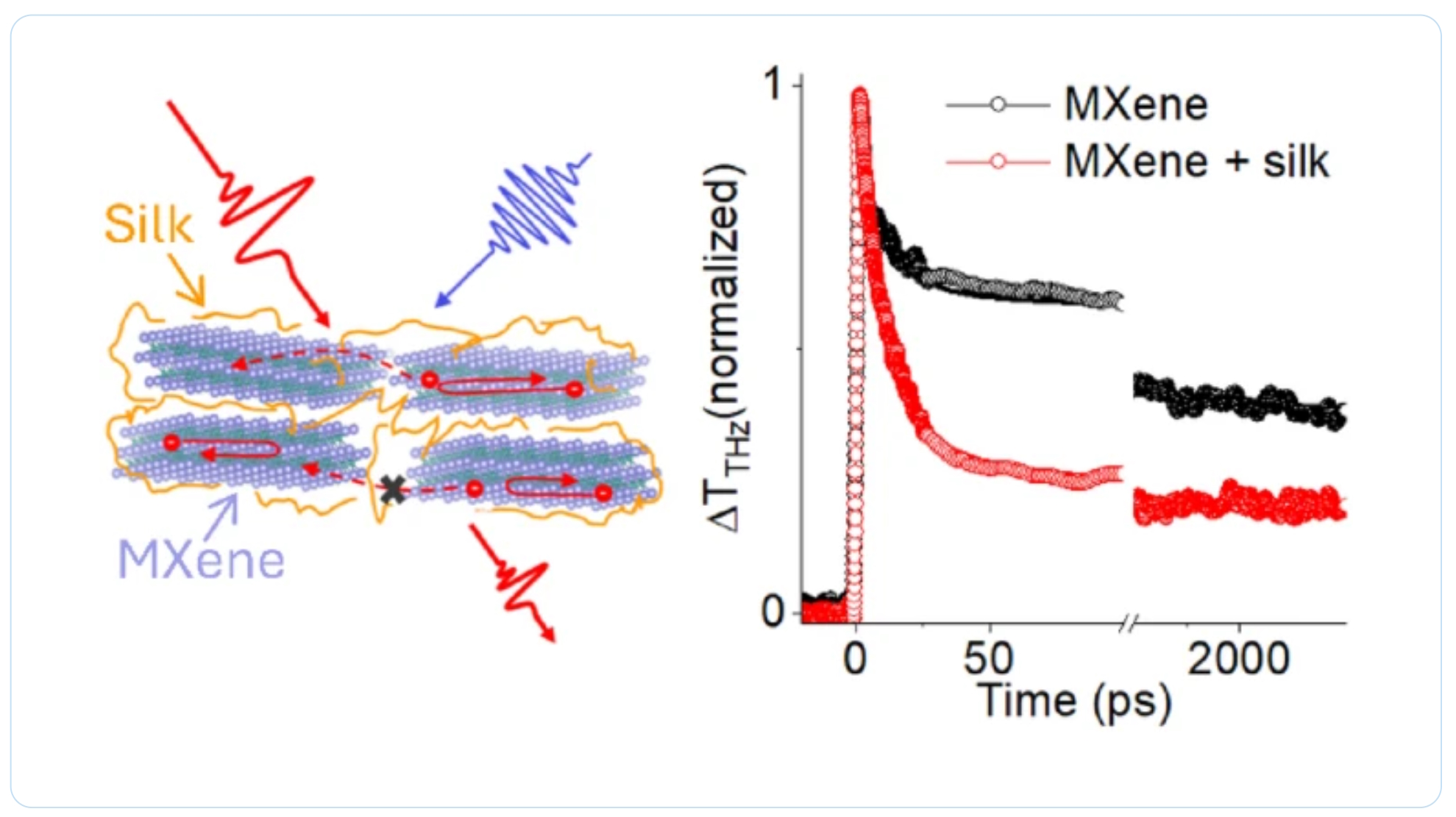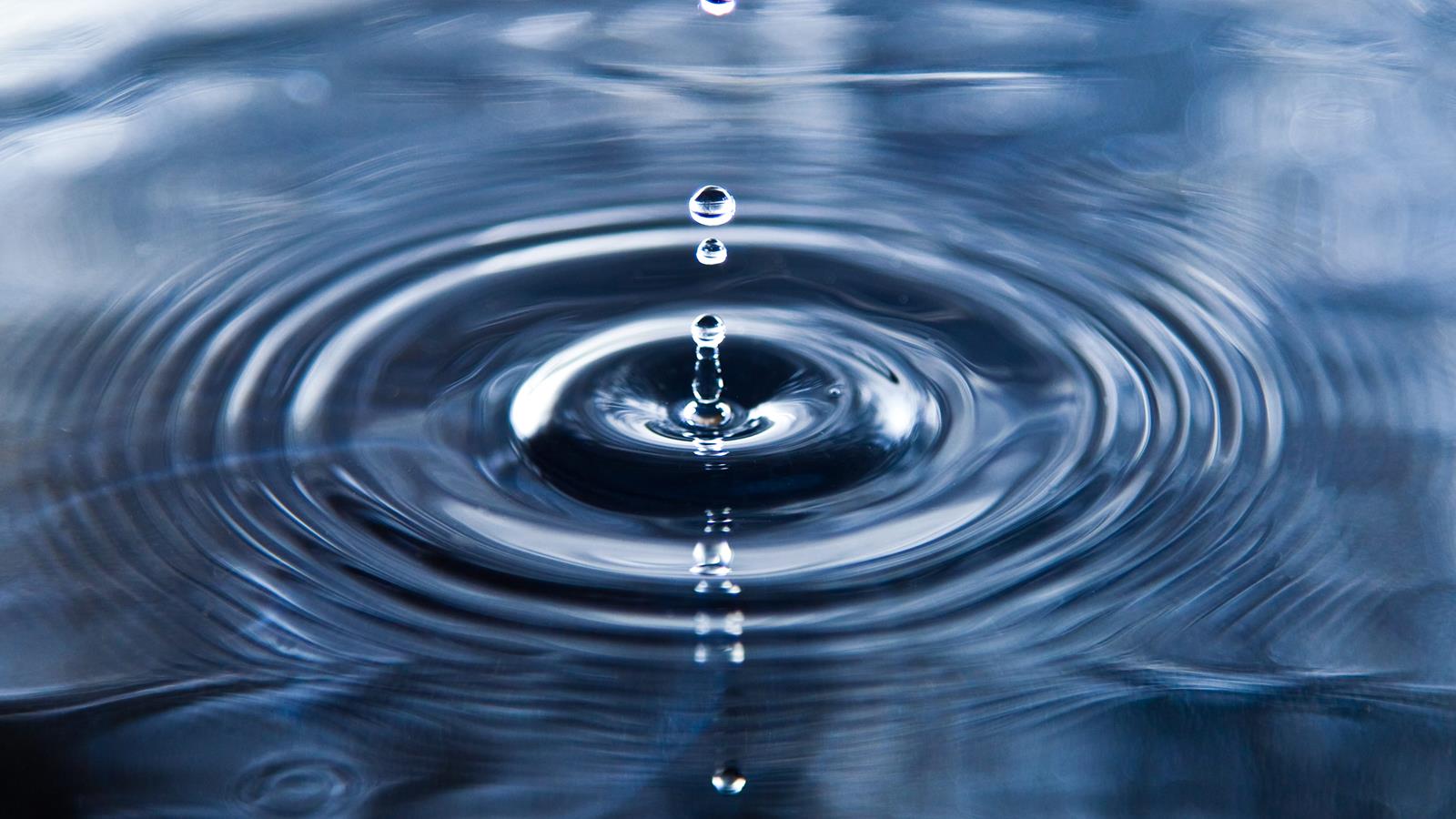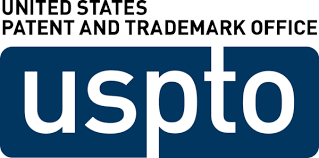Thank you to our collaborators for the amazing joint work recently published in Graphene and 2D Nanomaterials about MXene–silk fibroin composite films aiming to develop materials with tunable electronic and thermal properties!
Ti₃C₂Tₓ MXene–silk fibroin composite films: engineering DC conductivity and properties in the THz range
Andrew Fitzgerald1, Laura Londoño Fandiño1, Kateryna Kushnir Friedman1, Tom Kohen1, Nikoloz Gegechkori1, John Obayemi2, Sepideh Khanmohammadi1, Alireza Nikbakht2, Michael Zajac1, Vladimir Gayduchkov1, Yehia Khalifa3, Joshua Uzarski4, Ivan Baginskiy5, Veronika Zahorodna5,Oleksiy Gogotsi5,6, Ronald L. Grimm3, Jeannine M. Coburn2 & Lyubov V. Titova1
1 Department of Physics, Worcester Polytechnic Institute, 50 Prescott Street, Worcester, MA, 01605, USA
2 Department of Biomedical Engineering, Worcester Polytechnic Institute, 60 Prescott Street, Rm 4012, Worcester, MA, 01605, USA
3 Department of Chemistry and Biochemistry, The Ohio State University, Columbus, OH, USA
4 US Army DEVCOM Soldier Center, Natick, MA, USA
5 Y-Carbon LLC (Carbon-Ukraine), Kiev, Ukraine
6 MXene Nano Tech LLC, Philadelphia, PA, USA
Abstract
MXenes, a family of two-dimensional transition metal carbides and nitrides with high conductivity and stability, are promising materials for applications such as flexible and wearable electronics or electromagnetic interference (EMI) shielding. In this study, we explore MXene-silk composites using THz time-domain spectroscopy and time-resolved spectroscopy. We focus on Ti3C2Tx MXenes—silk fibroin films, aiming to develop materials with tunable electronic and thermal properties. While the composite films remain electrically conductive for films prepared from aqueous solutions with as much as 2 mg silk per mg of MXene, DC conductivity in such films decreases by over four orders of magnitude as compared to MXene-only films. At the same time, high THz range AC conductivity and EMI shielding efficiency in the THz range are largely preserved, as they are determined predominantly by the intra-flake electron transport and are less impacted by the increased inter-flake distances. Using time-resolved THz spectroscopy, we also find that while optical excitation of both pure MXene films and MXene-silk composite films results in transiently enhanced THz transmission due to thermal suppression of conductivity, silk encapsulation accelerates thermal relaxation. Thus, the DC conductivity and thermal properties of MXene-silk composites can be effectively tuned by adjusting the silk fibroin content, largely without impacting their EMI shielding performance in the THz range. This tunability opens a pathway to designing biocompatible electronic materials with customizable properties tailored to specific applications.
Keywords: Silk fibroin (silk), Ti3C2Tx MXenes, Conductive, EMI shielding, Photothermal
 Reference: Fitzgerald, A., Londoño Fandiño, L., Kushnir Friedman, K. et al. Ti3C2Tx MXene: silk fibroin composite films—engineering DC conductivity and properties in the THz range. Graphene and 2D mater (2025). https://doi.org/10.1007/s41127-025-00088-y
Reference: Fitzgerald, A., Londoño Fandiño, L., Kushnir Friedman, K. et al. Ti3C2Tx MXene: silk fibroin composite films—engineering DC conductivity and properties in the THz range. Graphene and 2D mater (2025). https://doi.org/10.1007/s41127-025-00088-y


 Congratulations to all collaborators with this interesting joint work! MXenes are among the most diverse and prominent 2D materials. They are being explored in almost every field of science and technology, including biomedicine. Despite their proven biocompatibility and low cytotoxicity, their genotoxicity has not been addressed, so we investigated whether MXenes interfere with DNA integrity in cultured cells and examined the fragmentation of their chromosomal DNA by a DNA comet assay. Read more...
Congratulations to all collaborators with this interesting joint work! MXenes are among the most diverse and prominent 2D materials. They are being explored in almost every field of science and technology, including biomedicine. Despite their proven biocompatibility and low cytotoxicity, their genotoxicity has not been addressed, so we investigated whether MXenes interfere with DNA integrity in cultured cells and examined the fragmentation of their chromosomal DNA by a DNA comet assay. Read more...

 MXenes potential applications include sensors, wound healing materials, and drug delivery systems. A recent study explored how different synthesis methods affect the safety and performance of MXenes. By comparing etching conditions and intercalation strategies, researchers discovered that fine-tuning the surface chemistry of MXenes plays a crucial role in improving biocompatibility. These results provide practical guidelines for developing safer MXenes and bring the field one step closer to real biomedical applications.
MXenes potential applications include sensors, wound healing materials, and drug delivery systems. A recent study explored how different synthesis methods affect the safety and performance of MXenes. By comparing etching conditions and intercalation strategies, researchers discovered that fine-tuning the surface chemistry of MXenes plays a crucial role in improving biocompatibility. These results provide practical guidelines for developing safer MXenes and bring the field one step closer to real biomedical applications.
 Exellent news, our joint patent application with Drexel University on highly porous MAX phase precursor for MXene synthesis published. Congratulations and thanks to all team involved!
Exellent news, our joint patent application with Drexel University on highly porous MAX phase precursor for MXene synthesis published. Congratulations and thanks to all team involved! Our team was very delighted to take part in International Symposium "The MXene Frontier: Transformative Nanomaterials Shaping the Future" – the largest MXene event in Europe this year!
Our team was very delighted to take part in International Symposium "The MXene Frontier: Transformative Nanomaterials Shaping the Future" – the largest MXene event in Europe this year!  Last Call! Have you submitted your abstract for IEEE NAP-2025 yet? Join us at the International Symposium on "The MXene Frontier: Transformative Nanomaterials Shaping the Future" – the largest MXene-focused conference in Europe this year! Final Submission Deadline: May 15, 2025. Don’t miss this exclusive opportunity to showcase your research and engage with world leaders in the MXene field!
Last Call! Have you submitted your abstract for IEEE NAP-2025 yet? Join us at the International Symposium on "The MXene Frontier: Transformative Nanomaterials Shaping the Future" – the largest MXene-focused conference in Europe this year! Final Submission Deadline: May 15, 2025. Don’t miss this exclusive opportunity to showcase your research and engage with world leaders in the MXene field! We are excited to announce the publication of latest review article on MXenes in Healthcare. This comprehensive review explores the groundbreaking role of MXenes—an emerging class of 2D materials—in revolutionizing the fields of medical diagnostics and therapeutics. Read the full article here: https://doi.org/10.1039/D4NR04853A.
We are excited to announce the publication of latest review article on MXenes in Healthcare. This comprehensive review explores the groundbreaking role of MXenes—an emerging class of 2D materials—in revolutionizing the fields of medical diagnostics and therapeutics. Read the full article here: https://doi.org/10.1039/D4NR04853A. Congratulations and thank you to our collaborators from TU Wien and CEST for very interesting work and making it published! In this work, an upscalable electrochemical MXene synthesis is presented. Yields of up to 60% electrochemical MXene (EC-MXene) with no byproducts from a single exfoliation cycle are achieved.
Congratulations and thank you to our collaborators from TU Wien and CEST for very interesting work and making it published! In this work, an upscalable electrochemical MXene synthesis is presented. Yields of up to 60% electrochemical MXene (EC-MXene) with no byproducts from a single exfoliation cycle are achieved. Dr. Oleksiy Gogotsi, director of MRC and Carbon-Ukraine, innovative companies that are among the leaders on the world MXene market, visited 2024 MRS Fall Meeting & Exhibit. together with Dr. Maksym Pogorielov, Head of Advanced Biomaterials and Biophysics Laboratory, University of Latvia.
Dr. Oleksiy Gogotsi, director of MRC and Carbon-Ukraine, innovative companies that are among the leaders on the world MXene market, visited 2024 MRS Fall Meeting & Exhibit. together with Dr. Maksym Pogorielov, Head of Advanced Biomaterials and Biophysics Laboratory, University of Latvia.
 MRC and Carbon-Ukraine team visited the 3rd International MXene conference held at Drexel University on August 5-8, 2024. Conference brought together the best reserchers and leading experts on MXene field.
MRC and Carbon-Ukraine team visited the 3rd International MXene conference held at Drexel University on August 5-8, 2024. Conference brought together the best reserchers and leading experts on MXene field. 
 Together with colleagues from the University of Latvia, MRC/Carbone Ukraine, Adam Mickiewicz University, University Clinic Essen, and others, we have developed a novel concept involving the binding of antibodies to MXenes. In our research, we utilized anti-CEACAM1 antibodies to develop targeted photo-thermal therapy for melanoma (in vitro), paving the way for future in vivo studies and clinical trials. For the first time, we demonstrate the feasibility of delivering MXenes specifically targeted to melanoma cells, enabling the effective ablation of cancer cells under near-infrared (NIR) light. This new technique opens up vast potential for the application of MXenes in cancer treatment, diagnostics, drug delivery, and many other medical purposes.
Together with colleagues from the University of Latvia, MRC/Carbone Ukraine, Adam Mickiewicz University, University Clinic Essen, and others, we have developed a novel concept involving the binding of antibodies to MXenes. In our research, we utilized anti-CEACAM1 antibodies to develop targeted photo-thermal therapy for melanoma (in vitro), paving the way for future in vivo studies and clinical trials. For the first time, we demonstrate the feasibility of delivering MXenes specifically targeted to melanoma cells, enabling the effective ablation of cancer cells under near-infrared (NIR) light. This new technique opens up vast potential for the application of MXenes in cancer treatment, diagnostics, drug delivery, and many other medical purposes.